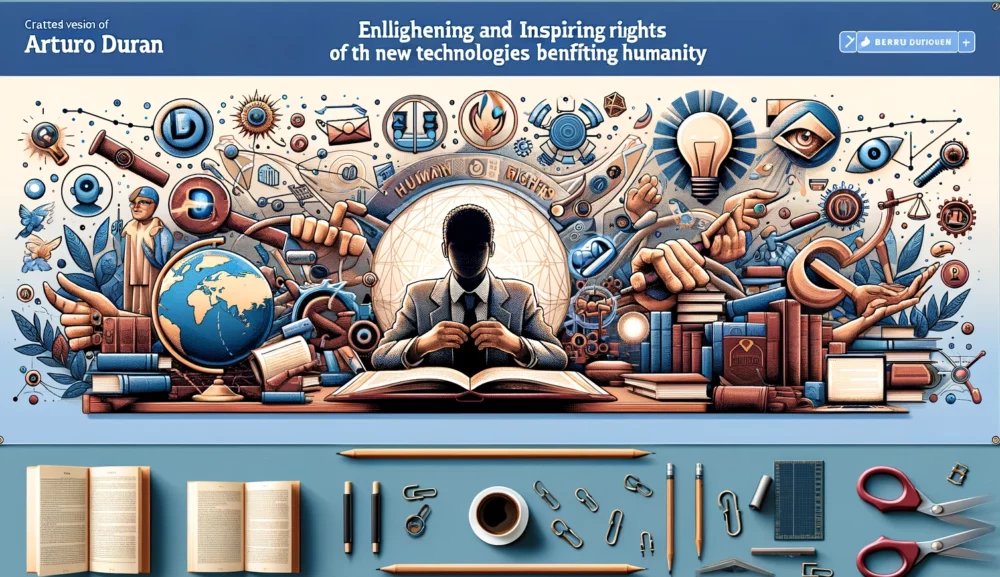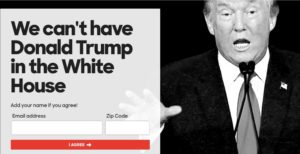Consider the audacity of instructing Equifax, Experian, and TransUnion not to acquire, record, or disclose any information about you. It would be met with amusement rather than compliance. Doesn’t this disparity strike you as peculiar, or is it just me?
Why is it that banks can freely share customer information among themselves, colluding to determine rates under the guise of risk management, while entrepreneurs in other industries are strictly prohibited from sharing customer data? Horizontal collusion, as defined by antitrust laws, refers to competitors at the same market level agreeing to fix or control prices for their respective goods and services. Interestingly, retailers, media companies, and consumer products companies are bound by privacy regulations and face severe consequences for any attempt to share customer information. However, banks, financial institutions, and credit card operators enjoy the privilege of exchanging detailed client data, even going so far as to notify each other about updates on a customer’s credit report. This report, far from being anonymous or private, reveals personal financial details, outstanding debts, creditors, and the client’s overall performance. If a mistake is made in reporting, it falls upon the customer to rectify it, as there are no penalties for the banks.
While individuals or companies in other sectors would face legal consequences for engaging in collusion to establish price-fixing mechanisms or manipulating distribution channels, banks seem to operate under different standards. It appears that money, being a product in itself, holds a unique status. Banks and financial institutions are permitted to create money using people’s funds and freely share their customers’ information without facing the same repercussions as other industries. This discrepancy raises the question of why the financial sector is afforded such leeway.
One might argue that customer consent plays a significant role, but it’s clear that banks employ coercive tactics to obtain consent. Refusal to sign consent forms means denial of basic financial services, such as checking accounts, credit cards, and even savings accounts. It becomes virtually impossible to receive salary payments without a bank account. Imagine if other industries, like car manufacturers, required customers to sign agreements allowing their information to be shared, or if supermarkets required consent to sell products like meat, milk, sugar, beer, or baby food. The disparity becomes more pronounced when it comes to news consumption. You can decline participation in data sharing with various companies, but the bank remains the exception.
Consider the audacity of instructing Equifax, Experian, and TransUnion not to acquire, record, or disclose any information about you. It would be met with amusement rather than compliance. Doesn’t this disparity strike you as peculiar, or is it just me?
Perhaps this uneven playing field, where banks engage in horizontal collusion, is a contributing factor to the collapsing financial system and the rise of decentralized finance (DeFi) and blockchain technology. Increasingly, people are embracing the notion that rules should apply to everyone, and the rise of blockchain signifies a shift towards a more equitable system. After all, money is the outcome of global workforce productivity, where individuals create wealth that can be converted into a means of sustenance.
By reimagining financial systems and embracing decentralized alternatives, individuals are seeking to reclaim control over their financial information and challenge the disproportionate power dynamics that currently exist.

